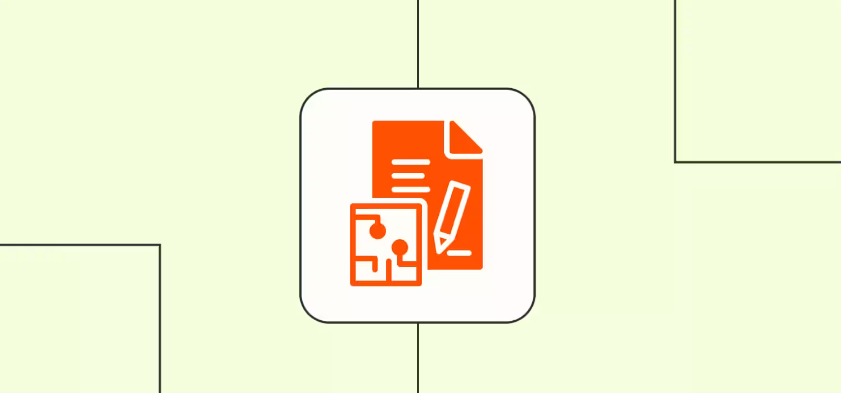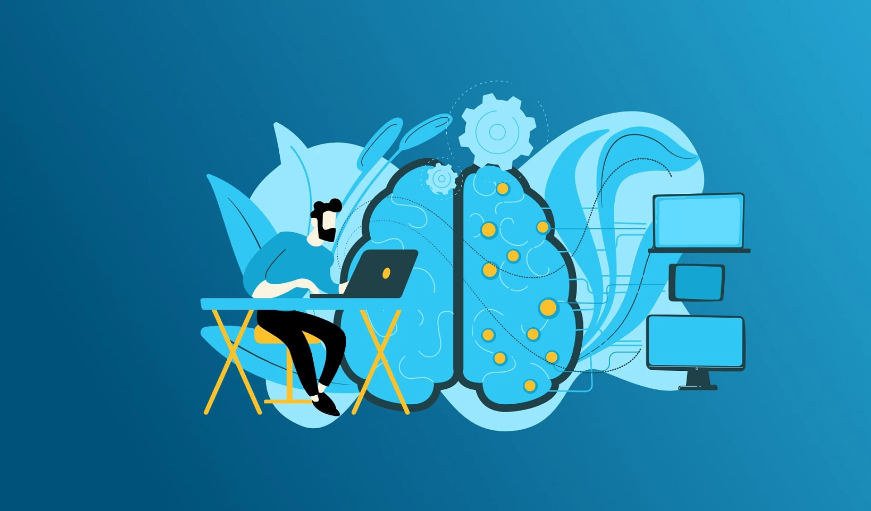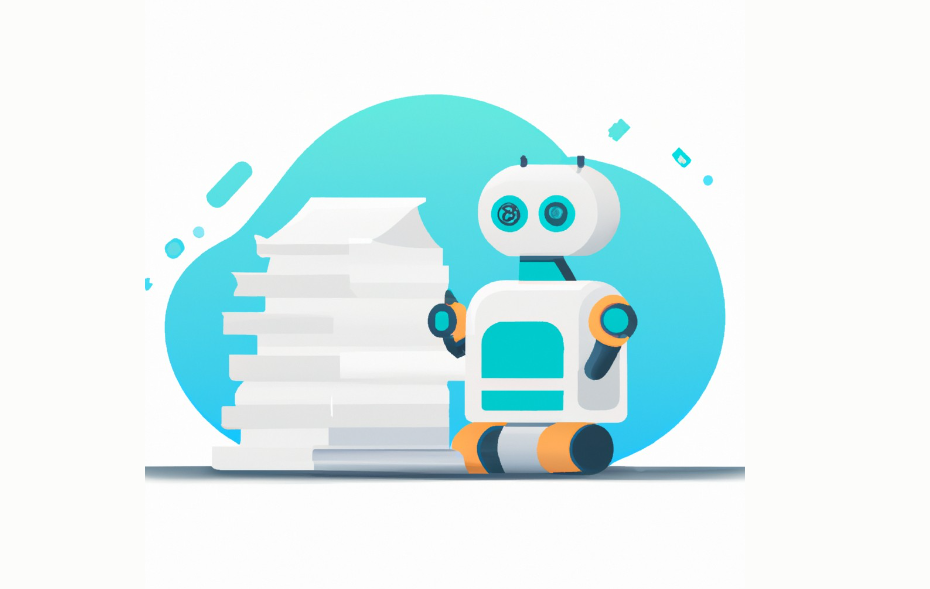Indeed, in the constantly changing world of digital dissemination, AI content detection tools are now an invaluable resource for businesspeople, educators, and content creators. They are intended to combat fraud, sustain the generally high quality of the material posted online, and avoid using someone else’s work while doing so. As we harness our way into this ultimate guide, you’ll realize the capability and opportunity of these tools and how they can be fit into your practice efficiently.
Understanding AI Content Detection
AI content detection is still a more advanced technology that analyses and certifies content with the help of artificial intelligence. Some of these tools are based on pattern recall, wherein they compare the text to large databases and utilize numerous sophisticated algorithms to determine the originality and credibility of the forms of content.
It is most useful when it is imperative to preserve high caliber standards of uniqueness and precision, for instance, in educational, publishing, and electronic content production.
The core functionality of AI content detection tools lies in their ability to perform in-depth text analysis. They break down content into manageable segments, cross-reference these with existing data, and highlight similarities or potential duplications. Not only does it assist in checking plagiarism, but it is also helpful in checking for the quality and authenticity of the content.
One of the more notable elements of AI content detection is that it is malleable. Some of these applications are intelligent and progressively become effective in their performance. Freelance writers can write all material, including research papers, articles, web content, and social media content. Furthermore, most of these tools can be used in different languages and are thus ideal for use in other parts of the world.
It is favorable to understand the features of AI content detection tools to fascinate their potential when in use and also to avoid the pitfalls that are left behind by these tools.
Key Features of AI Content Detection Tools
AI content detection tools boast features tailored to maximize efficiency and user-friendliness. One of the significant characteristics is the possibility of real-time analysis, which means that users can get feedback on their content at once, and this has to be considered a great advantage, bringing the analysis phase to a new level. They also incorporate the whole database into themselves, thus allowing them to compare hundreds of thousands of sites for duplicates and similar content.
The other crucial consideration is multilingual capability, which extends the usefulness of all such tools globally by enabling their use in various languages. These tools must be available to intended users of different levels of technological infrastructure savviness; friendly interfaces with handy dials and simple menus fulfill this.
These extra features enable extra versatility when running AI content detection systems. It also means that just like with things such as these or lax settings for blog posts, users can very easily tune the settings of this detection depending on personal needs. The same elements allow these tools to learn from the contents and, consequently, improve their capacity to face different types of content as well as to adapt to the evolution of detection problematics.
Last but not least, most of these tools also contain more complex reporting functionalities where the clients can see features such as the present content uniqueness issue or opportunity for improvement. They help notice some potential problems in the content strategy and make sure all the content is of quality.
Top AI Content Detection Tools in the Market
Navigating the vast array of AI content detection tools can be overwhelming, but some have emerged as industry leaders due to their unique features and reliability.
**Grammarly** is not just a writing assistant that loves grammar pacing; it also provides powerful plagiarism features that can be of great value to both writers and editors.
**Copyscape** focuses on independent search for identical materials located on the Internet, which will be highly effective for owners of sites who intend to cooperate only with exclusive copy content. **Turnitin** is an integral part of learning institutions since it offers detailed originality reports to minimize plagiarism.
**Quetext** uses the deep search functionality to ensure article content is thoroughly searched, making it ideal for checking plagiarism.
**Plagscan** provides online cloud solutions that serve the purpose unexceptionally in educational institutions and corporations. It does so by describing each of these tools and identifying that they each contribute something different, thus being useful in numerous situations, including academic and even advertising.
How to Choose the Right AI Content Detection Tool for Your Needs
Selecting the best AI content detection tool is a process that depends on your needs and situations. First, one will need to identify if the tool is to be used for academic purposes or work and projects of the business.
Budget is another primary consideration; costs differ significantly; therefore, keeping within specific parameters is encouraged to acquire a tool optimizing the available features within one’s budget. Integration capabilities are also essential; ensure the tool can seamlessly work with the software and platforms you already use.
Precision and time are measures of output. Determine which of the tools best accomplishes this by providing accurate and lightning-fast results, as these factors affect the speed of your job. Furthermore, reviews or success stories can help the researcher or user get an idea of how the tool or software is going to perform out there in the field. Seek out comments or reviews from people who have similar requirements as you to see how much the tool can satisfy those needs and how effectively it can be used.
Another decision area is the flexibility of customization. The settings that allow for general settings to be changed to suit the need of the content that is to be checked make the tool more practical, especially when one requires a more strict checking on academic writing as opposed to a less stringent checking for informal writing. Finally, reflect on how this tool is supported and how good its customer service is. Secure and efficient customer support may help resolve such inconveniences and make further usage smoother quickly.
Benefits of Using AI Content Detection Tools
Automated AI content detection tools are numerous, yielding several benefits that you can apply to improve various aspects of your work. Even when it comes to filtering and verifying contents, these tools help to save time. Thus, you spend less time inspecting and more time performing. In academic contexts, they are instrumental in ensuring that students do not infringe on academic honesty and learn why it is forbidden to reuse somebody else’s material.
In commerce, they can save your company’s image by guaranteeing that no one is mimicking your material and stealing your ideas – ultimately, your image – from you and enhancing the trust that customers have in you. Also, they help to avoid potential legal problems concerning the violation of the rights of authors of the used materials; it is an added protection for the published work.
Besides, content optimization is another pronounced advantage. AI content detection tools, as a rule, include suggestions for the areas of your content that can be enhanced to increase its effectiveness compared to your competitors. The touted features of this functionality are invaluable to digital marketers and content creators who want to gain a competitive edge.
Additionally, all these tools offer a real-time analysis, which means you get the results instantly, which can be very useful when timing is critical. Due to flexibility and an ability to learn, update, and improve, they can continue delivering positive results even as new forms of content and, consequently, plagiarism appear.
Overall, the integration of AI content detection tools into your workflow not only enhances efficiency but also contributes to higher standards of quality and originality in your content.
Challenges and Limitations of AI Content Detection
While highly beneficial, AI content detection tools come with their challenges and limitations. There are two main problems one of which is the problem of false positives and negatives whereby content is either flagged or not flagged when it should be, thus the need for a manual second look. This can be more devastating for significant events that require sharp precision in the results achieved.
Another challenge continues to be the fast advancement in content development strategies, especially with AI-generated content. This way, the detection tools must evolve in the context of the new ways content is produced. Privacy is also an issue; the users always have to upload documents that contain sensitive data for analysis, and this poses a problem concerning the security of their data. The tools should have reliable protection mechanisms to prevent such issues.
Language coverage can be a limitation as well. While many tools support multiple languages, they may only cover some languages comprehensively, potentially leading to gaps in detection capabilities. Additionally, the reliance on internet access for most AI content detection tools can be a drawback when connectivity is limited or unstable.
The dependency on extensive databases for cross-referencing content can also be a double-edged sword. However, these databases aid in the detection accuracy, and unlike rule-based systems, are more current and require frequent updates and updates can be slightly resource-consuming at times. Hence, it is necessary to attain some modicum of equilibrium between these issues in an attempt to maximize the utility of AI content detection tools in several applications.
Future Trends in AI Content Detection
While the methods used in AI content detection tools are continually improving, other tendencies are starting to become more noticeable. Here AI and blockchain seem to be the two most relevant categories as they improve both identification processes of the content.
The advancement of NLP cannot be halted to beef up the detection tool as far as the language descriptors are concerned. Some questions about the ethical use or application of AI are beginning to be raised, therefore, their guidelines and standards on the use of AI in content detection are equally crucial.
Also, the ratios of AI-driven content creation to detection will remain significant. As AI content increases in quality, detection tools need to upscale so further to ensure that they really can detect the characteristics of AI and human writing.
There are also proposed ideas of personal detection settings and the discovery of specific settings and recommendations based on occupants’ behavior and preferences. This will also increase the compatibility of the gadgets and the satisfaction users assign to gadgets in as many tasks as possible.
These trends demonstrate that the AI content detection technology under consideration is not stagnant; and that improvements to provide consumers with what they need are possible and likely to evolve.




